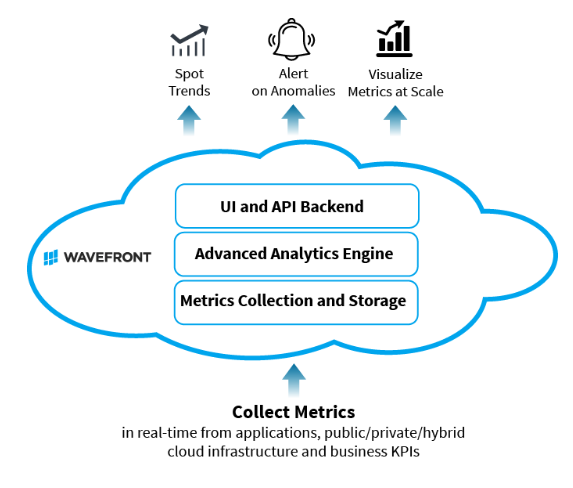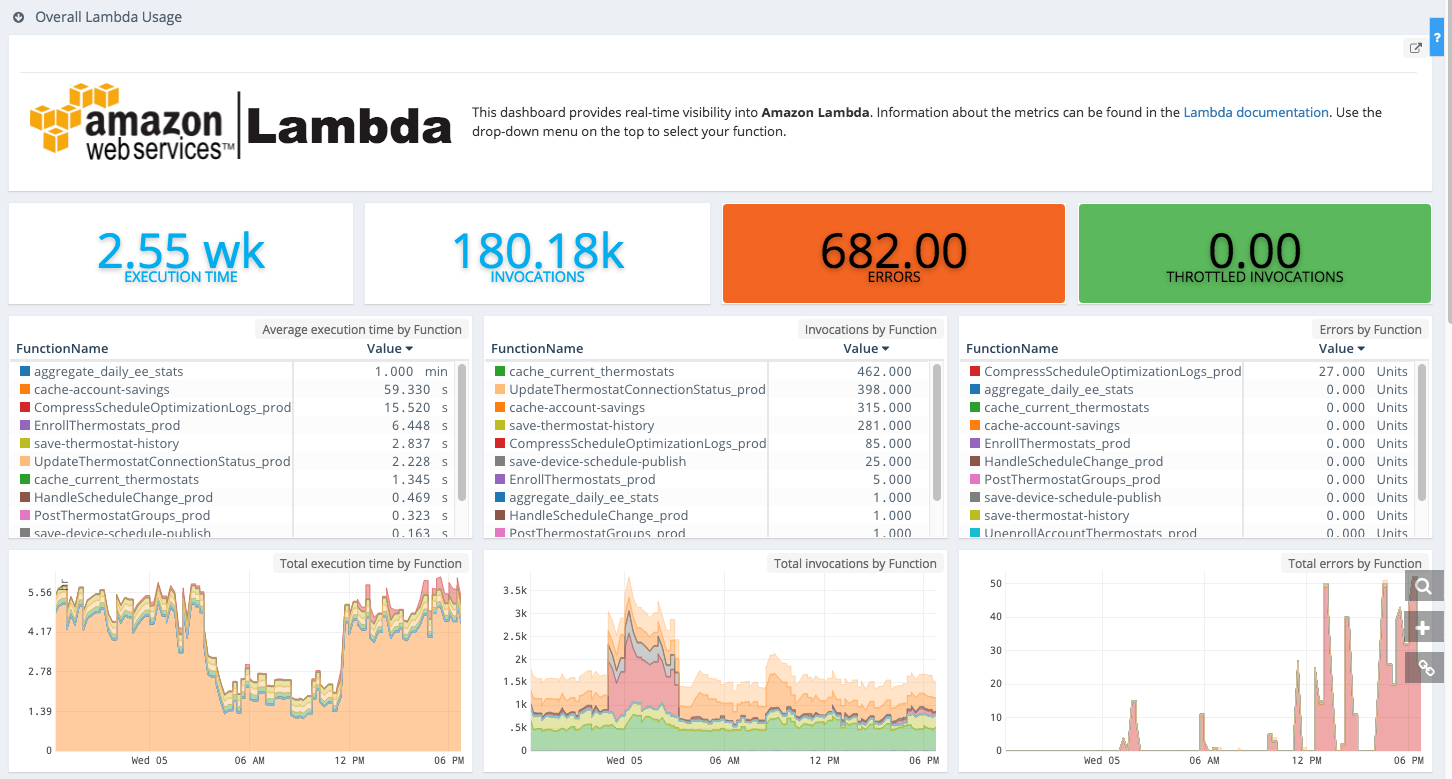Wavefront could be seen as the Swiss Army knife of IT Ops Analytics tools, which makes this VMware acquisition so interesting. Infusing vRealize, Cloud Foundation and even vSphere, vSAN and NSX with Wavefront analytics would enable VMware to run, not walk, toward the Business-defined Data Center (BdDC).
Background on Wavefront
Founded in 2013 by former Google employees, Wavefront set out to create a SaaS-based data analytics platform that would allow non-data scientists, mostly developers, to understand how their cloud-hosted applications behave within their overall business context. In October 2016, Wavefront received $53 million in series B funding by Tenaya Capital, Sequoia, and Sutter Hill Ventures, bringing the company’s total venture capital funding to $67.5 million. At the time of acquisition, Wavefront employed about 60 staff members and acquired paying customers such as Box, Workday, Groupon, and Lyft.
The Technology
The Wavefront analytics platform consists of three major components that enable developers to analyze application behavior and user experience, configure intelligent alerts, and reveal how business events impact IT and vice versa:
Metrics collection and storage: Wavefront offers prebuilt API integrations for most popular application, container, and big data frameworks, as well as for the mega-clouds by Amazon, Google, and Azure. In addition, Wavefront enables customers to ingest operations data from popular databases, DNS servers, and operating systems, as well as from monitoring tools, single sign on platforms, message queues, and web servers. It is critical to understand that by itself, Wavefront is not a monitoring tool, but a data analytics, visualization and alerting platform that relies on input from all of the above components, including monitoring tools such as Nagios, NewRelic, or VMware’s vRealize products. Therefore, Wavefront does not require data collection agents, but receives its input directly from tools and services that are already in place. Customers can add more data streams by connecting almost any data source to the Wavefront proxy service – e.g. metrics and logs – which then streams this data to Wavefront.
Analytics engine: Wavefront offers approximately 90 ready-made integrations with dashboards for metrics, alerts, and trending based on popular use cases and platforms. For example, the dashboards for Amazon Web Services (AWS) include operation metrics for EC2, ECS, Dynamo DB, RedShift, Lambda, and other AWS infrastructure, platform, and service components. The relevant data is streamed directly from Amazon’s CloudWatch, CloudTrail, and other AWS APIs.
API and GUI: All capabilities of the analytic engine are available via GUI and API, enabling developers to programmatically define queries, create charts and dashboards, or configure alerts and automatic responses to specific events.
Use Cases
Wavefront enables developers to understand exactly how their application consumes cloud infrastructure. The more data sources are connected to the analytics engine, the more impactful the results can be not only for IT, but also for optimizing business processes. For example, a food delivery service can identify restaurants that take too long to confirm customer orders or it could detect that, for some reason, after 6pm the average order placed via iPhone takes 30% more time than orders through Android. The Wavefront user can then separately look at telemetry data for iPhone against Android transactions and for fast-responding versus slow-responding restaurants. Maybe there is no correlation, but the user may find that during peak hours, the iPhone app experiences more storage latency than the Android app, explaining why orders take longer and maybe even why a growing percentage of iPhone users are abandoning the service. Next, the user will create a query that determines whether slowly-responding restaurants are typically the ones using the iPhone app. If this is not the case, the user can continue to compare more telemetry data between user sessions of fast versus slow restaurants and may come up with insights that could help addressing this business issue.
At the basic level, Wavefront is simply a flexible analytics tool to provide granular metrics to help developers understand the impact of usage patterns, code changes, increases in the user base, and other events. These insights can then be used to “waterproof” the app, move it to a more suitable environment, define a more efficient scaling process, deliver performance and reliability metrics that belong to specific business processes, or define automated failure responses.
Strategic Fit and EMA Perspective
Wavefront could become the VMware data analytics layer that initially enhances the developer appeal of Cross-Cloud Services and vRealize. This platform is sufficiently flexible to provide analytics capabilities across VMware’s portfolio that will also reach to third-party software. Ultimately, Wavefront could help VMware create a business and IT analytics platform that enables the enterprise to better align IT operations management with business goals.
Today, developers typically regard VMware’s software as “the tools the operation guys wanted,” and often do not feel invested in ensuring optimal operation. Providing these developers with a platform that enables them to create better performing and more reliable software through receiving immediate and continuous feedback on performance, user acceptance, scalability, reliability, resource consumption patterns, and other critical metrics is essential to software success.





